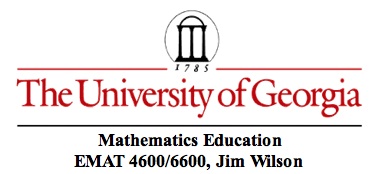

"A client of mine," said a lawyer, "was on the point of death when his wife was about to present him with a child. I drew up his will, in which he settled two-thirds of his estate upon his son (if it should happen to be a boy) and one-third on the mother. But if the child should be a girl, then two-thirds would go to the mother and one-third to the daughter."
"As fate would have it, after his death, twins were born -- a boy and a girl. A legal point then arose. How was the estate to be equitably divided among the three -- the mother, the son, and the daughter -- in the closest possible accordance with the spirit of the dead man's will?"
Develop an argument from the point of view of a judge who must weigh all of the alternatives and decide what is in closest possible accordance with the spirit of the dead man's will.
Note: In his History of Mathematics, first published in 1923, Smith discusses this and similar problems as "the testament problem." The problems are natural from earlier inheritance traditions of both Oriental and Roman traditions. Smith notes a problem with these proportions was published 75 A.D. Early printed arithmetics often contained a chapter on inheritance and this problem and others like it were often included.
Smith expressses delight in noting the "... banishment of the problem from books of our day" (p. 546, Volume 2)
See Smith, D. E. (1923) History of Mathematics. Volume 1 and 2. New York: Ginn.